I've been fortunate enough to spend a week with the Canon EOS R10, which is now the cheapest route into its RF mirrorless camera system. And while it isn't perfect, the R10 has convinced me that it should now be top of the list for beginner photographers.
That's a pretty big deal, because it's something we haven't been able to say about a Canon camera for a long time. Its Rebel DSLRs (known as its triple-digit EOS cameras outside the US) were once the default choice for learners. But in the mirrorless age, Canon has floundered and let Sony, Fujifilm and Nikon steal its budget camera lunch.
Well, it's finally rediscovered its form with the Canon EOS R10. This $979 / £899 / AU$1,499 camera isn't what we'd traditionally call an entry-level model. It costs 50% more than a Canon Rebel SL3 / EOS 250D and comes with some pretty advanced controls and features.

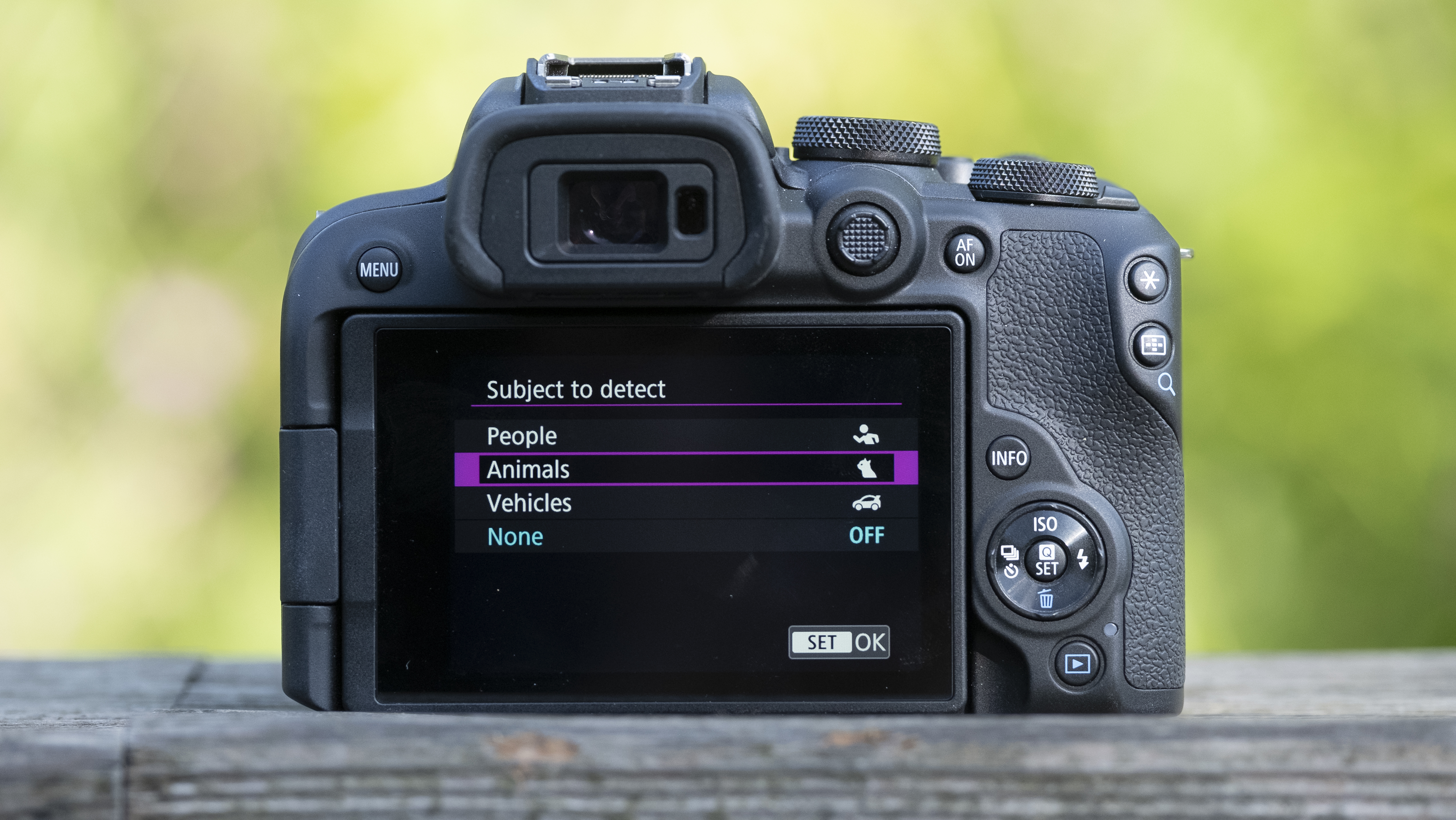
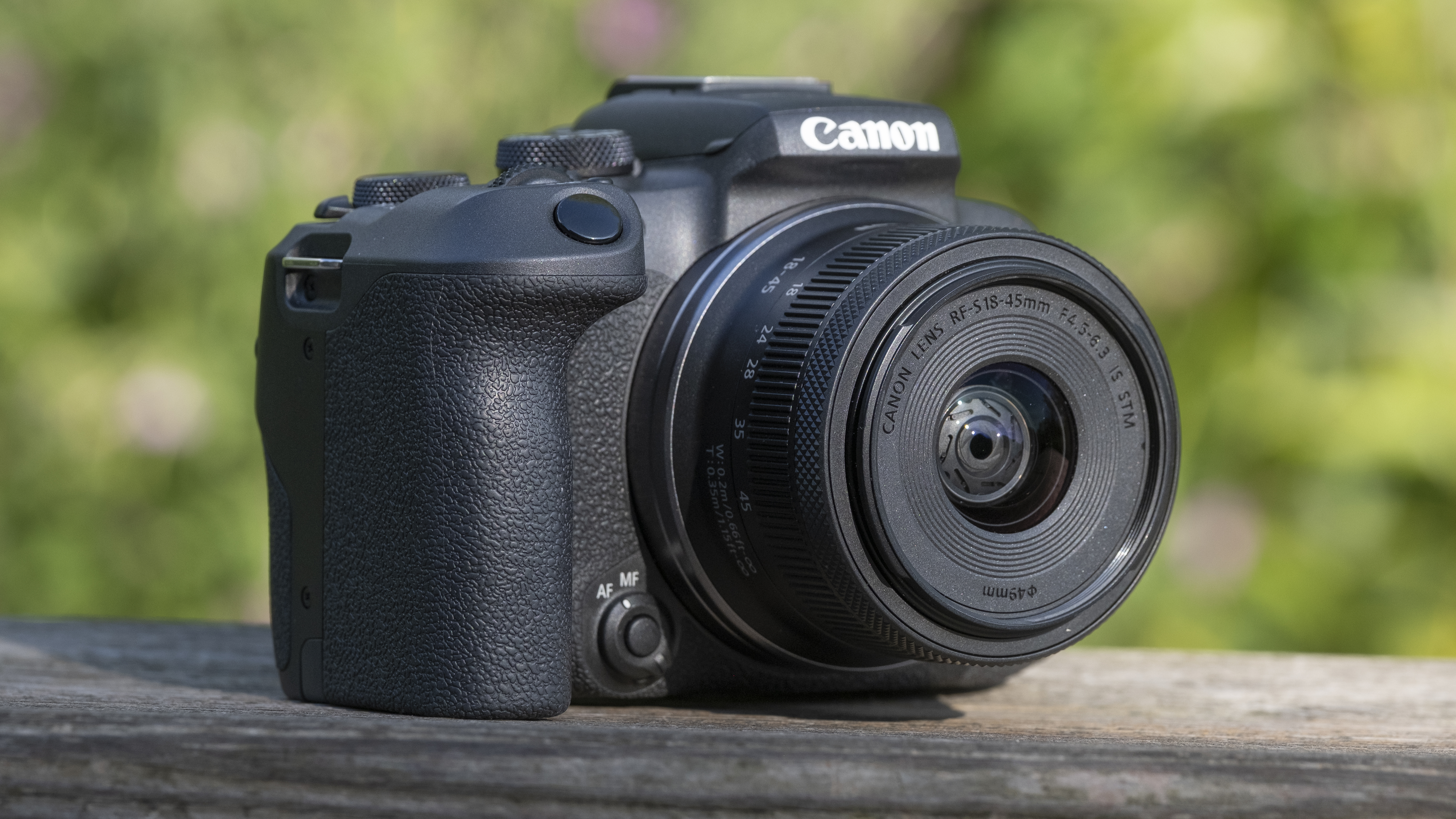
But in the smartphone age, I think the definition of a 'beginner camera' has shifted. There are now few advantages to buying a standalone camera and using it as a point-and-shoot, as smartphone processing has bridged the image quality gap.
What the best beginner cameras need today is intelligent autofocus, creative control, powerful burst shooting, solid video skills and a range of lenses that gives photographers room to grow. And the Canon EOS R10 ticks those boxes better than most cameras I've tested at this price point in the last few years.
Dog-friendly
The most useful camera feature for beginners is an intelligent autofocus system – and this is a real standout on the Canon EOS R10.
Autofocus is more important on cameras than it is on phones, because the latter's small sensors and wide lenses mean that most of your scene is usually in focus by default. This is why phones have 'portrait modes' to digitally recreate a shallow depth-of-field. But when you're shooting a fast-moving subject with a bright lens on an APS-C camera, you need a helping hand from autofocus.

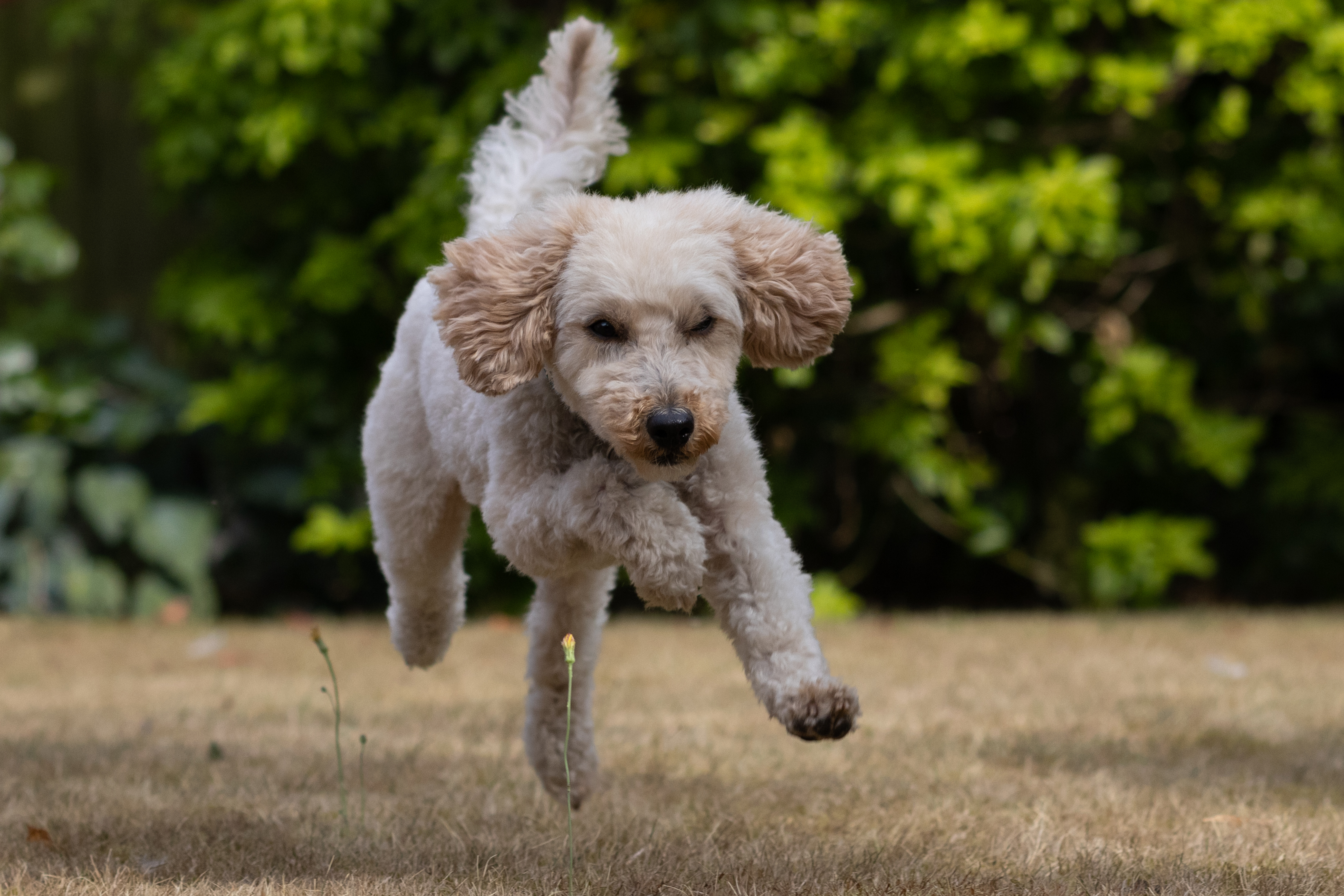
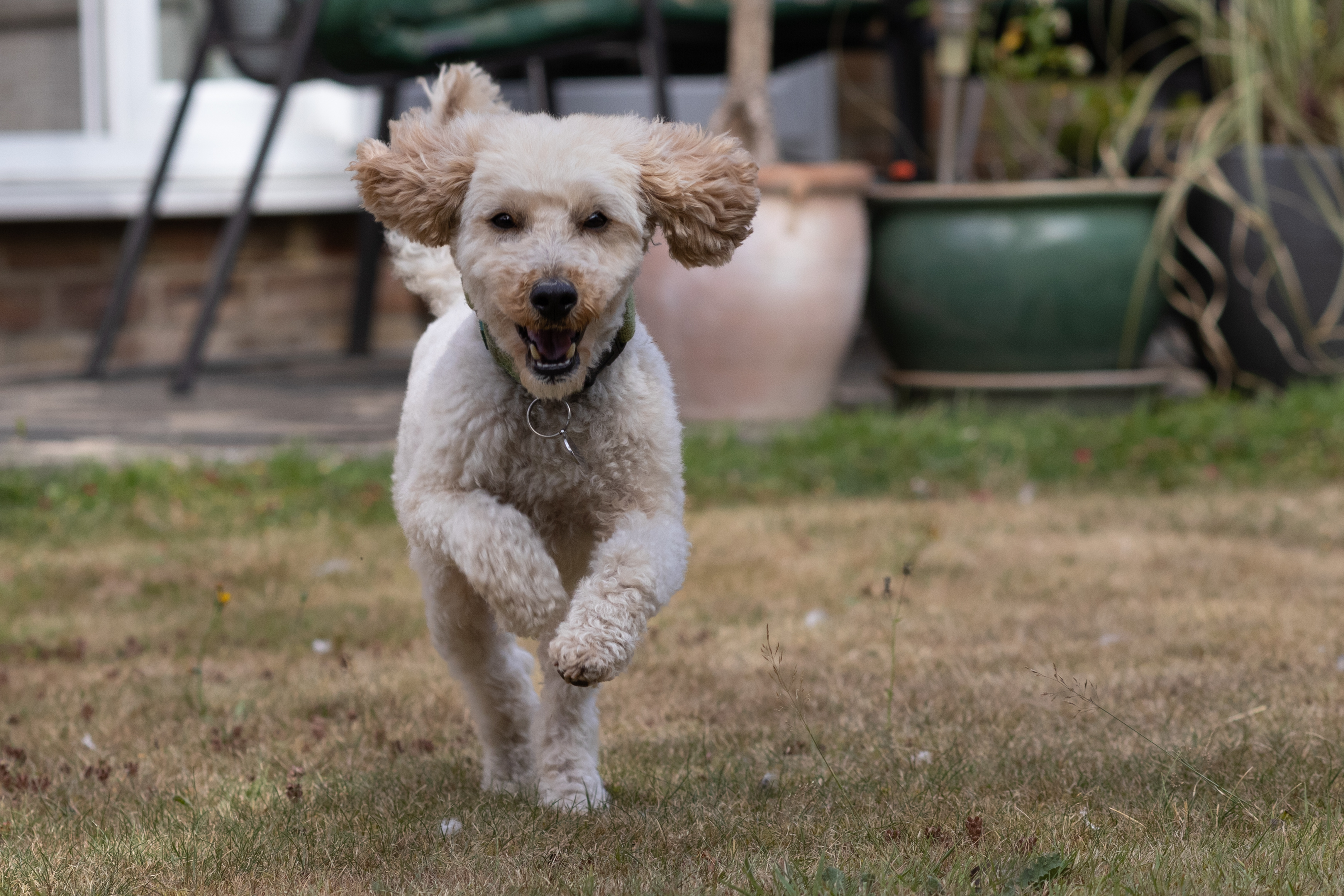
The EOS R10's AF system is both impressive and, importantly, intuitive. Its Dual Pixel CMOS AF II setup comes from the professional Canon EOS R3. And while it doesn't match that camera's performance, its fundamentals are the same.
The EOS R10 can track a wide range of subjects, including people, animals (dogs, cats, birds) and vehicles, and will follow them around the frame. It's a really useful tool, particularly if you're just starting out and focusing on other things like composition.
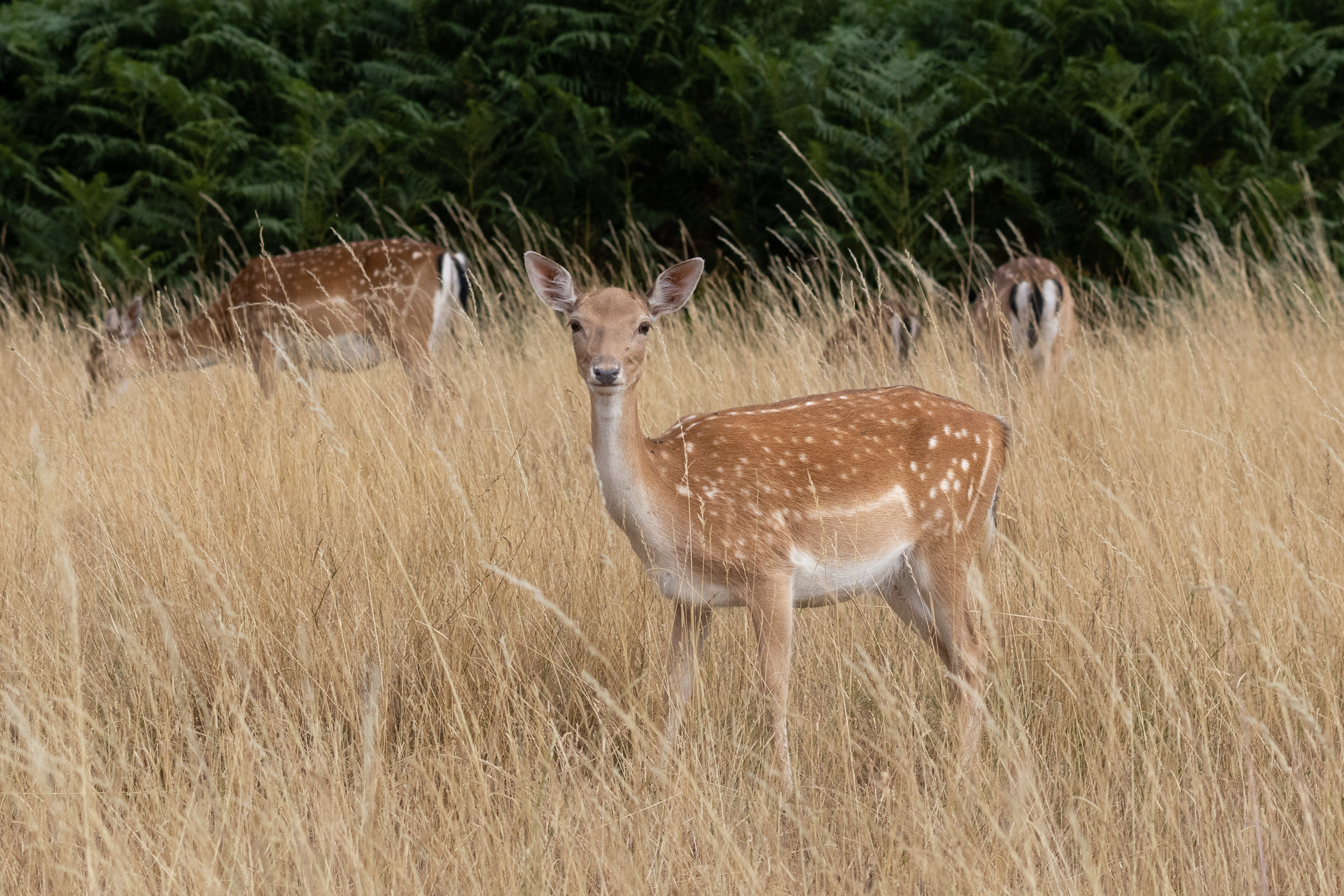
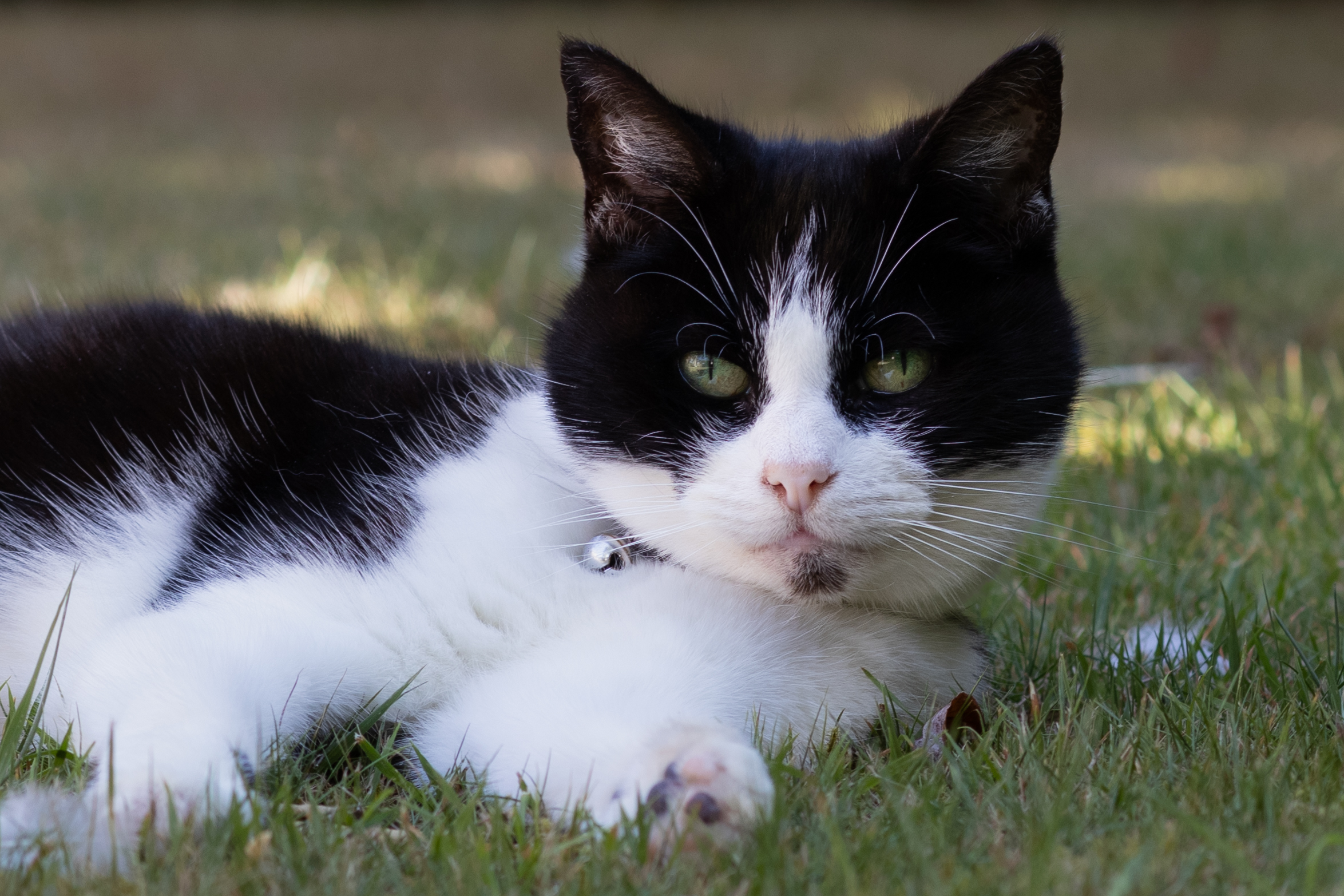
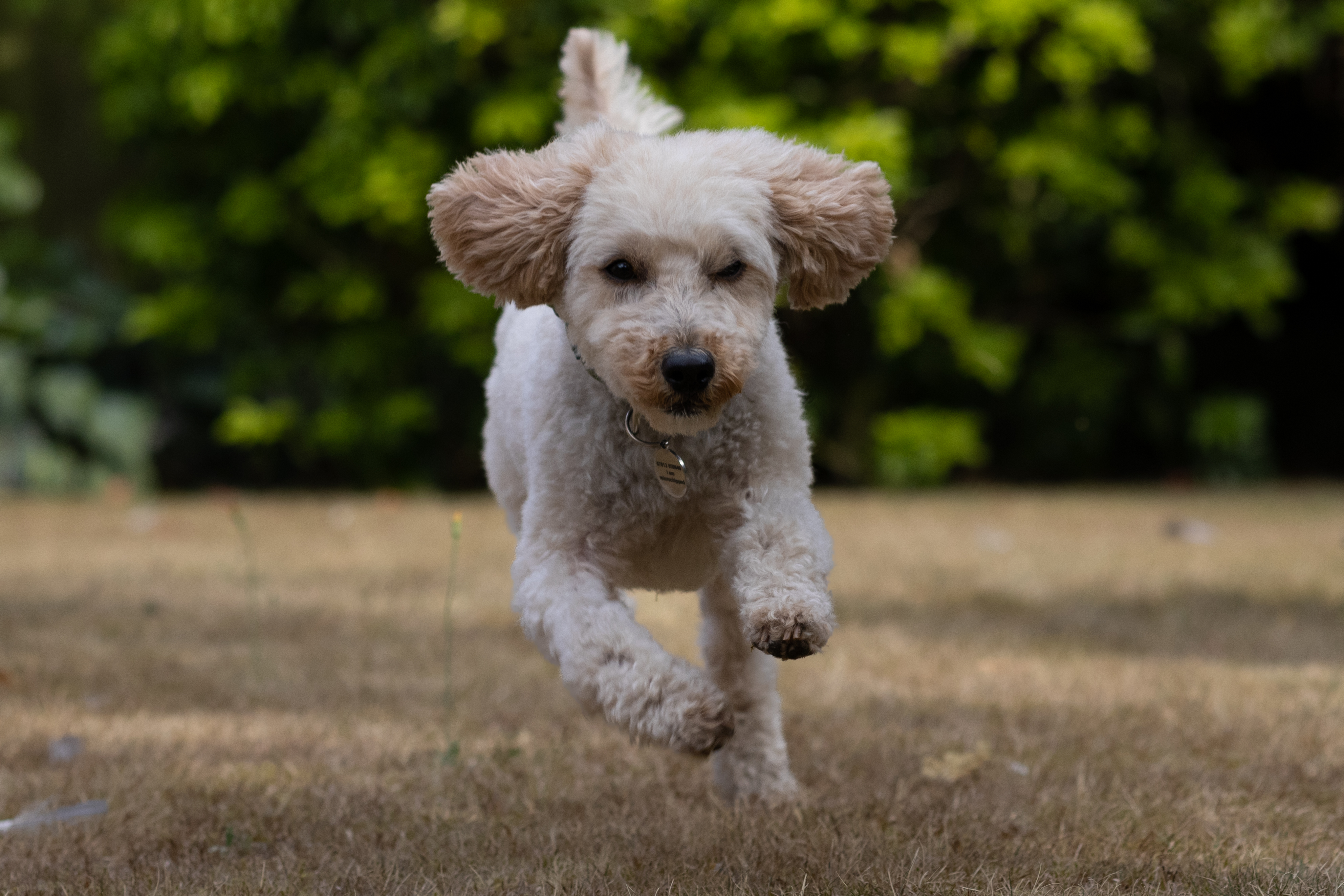
I tested it on a wide range of animals, including cats, deer and a speeding cockapoodle. And while the hit-rate certainly wasn't 100%, the EOS R10 did a find job of finding eyes and locking onto them, even from 5-10 meters away. Unlike earlier autofocus systems, this tracking is also available across most of the EOS R10's AF modes, and will automatically switch to a face or body if it can't find any eyes.
When you're shooting action or sports, autofocus is only one part of the equation – you also ideally need speedy burst shooting and a decent buffer. And fortunately, the Canon EOS R10 impresses here, too.
Top speeds
Canon says the EOS R10 can shoot at an impressive 15fps with its mechanical shutter and 23fps with its electronic shutter – and my tests backed up these claims, even if the camera couldn't maintain those speeds for as long as Canon's spec sheet says.
I was able to shoot uncompressed raw files for 15fps for one second using the mechanical shutter, before the buffer slowed things down to around 7fps. If you're shooting JPEGs, you can keep going at 15fps for a more useful six seconds, before it drops to around 12fps.
The electronic shutter is able to briefly hit the 23fps mark, but is much slower over an extended burst – and when shooting moving subjects it can produce warping issues (otherwise known as rolling shutter), making mechanical is still the best choice in most situations.
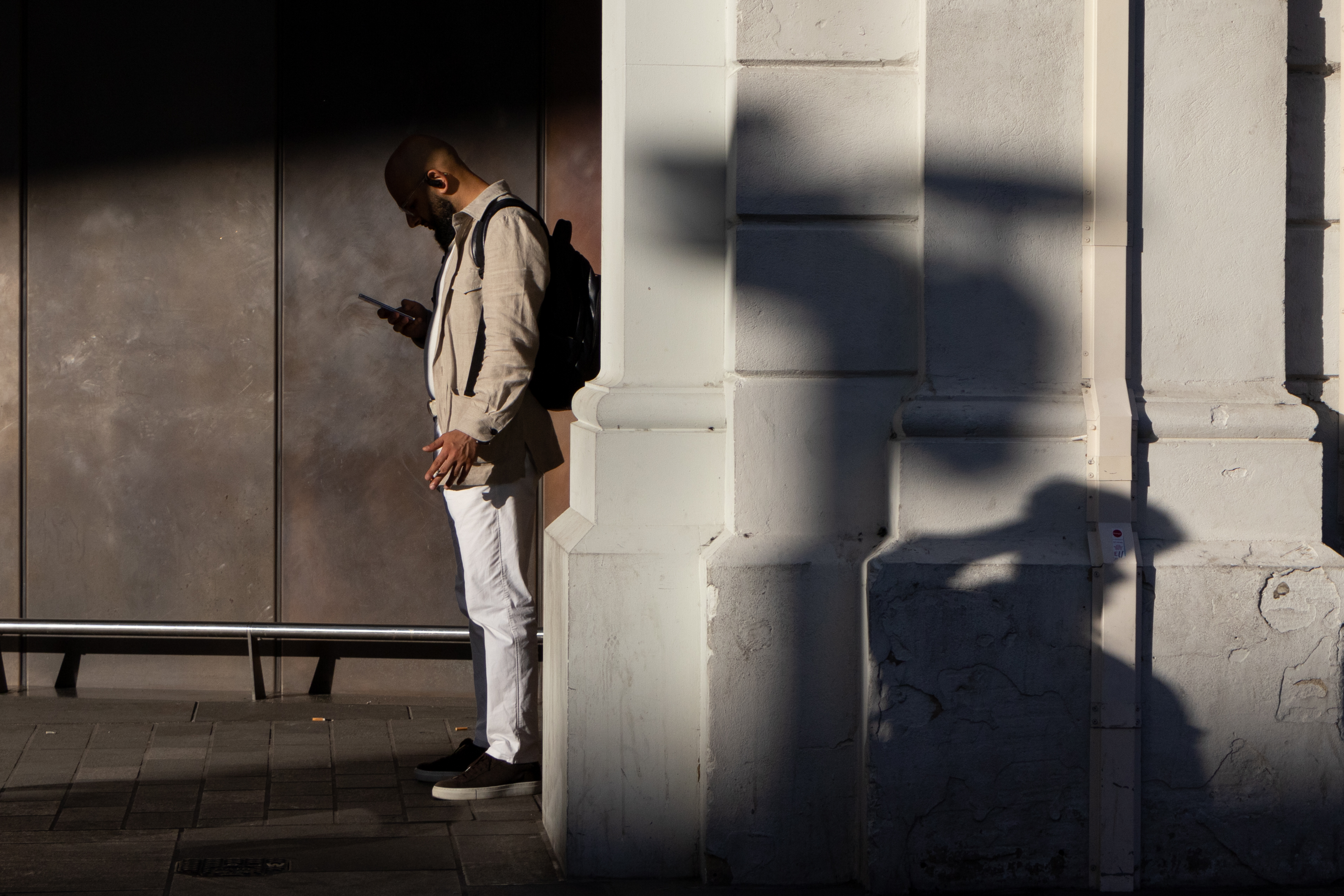
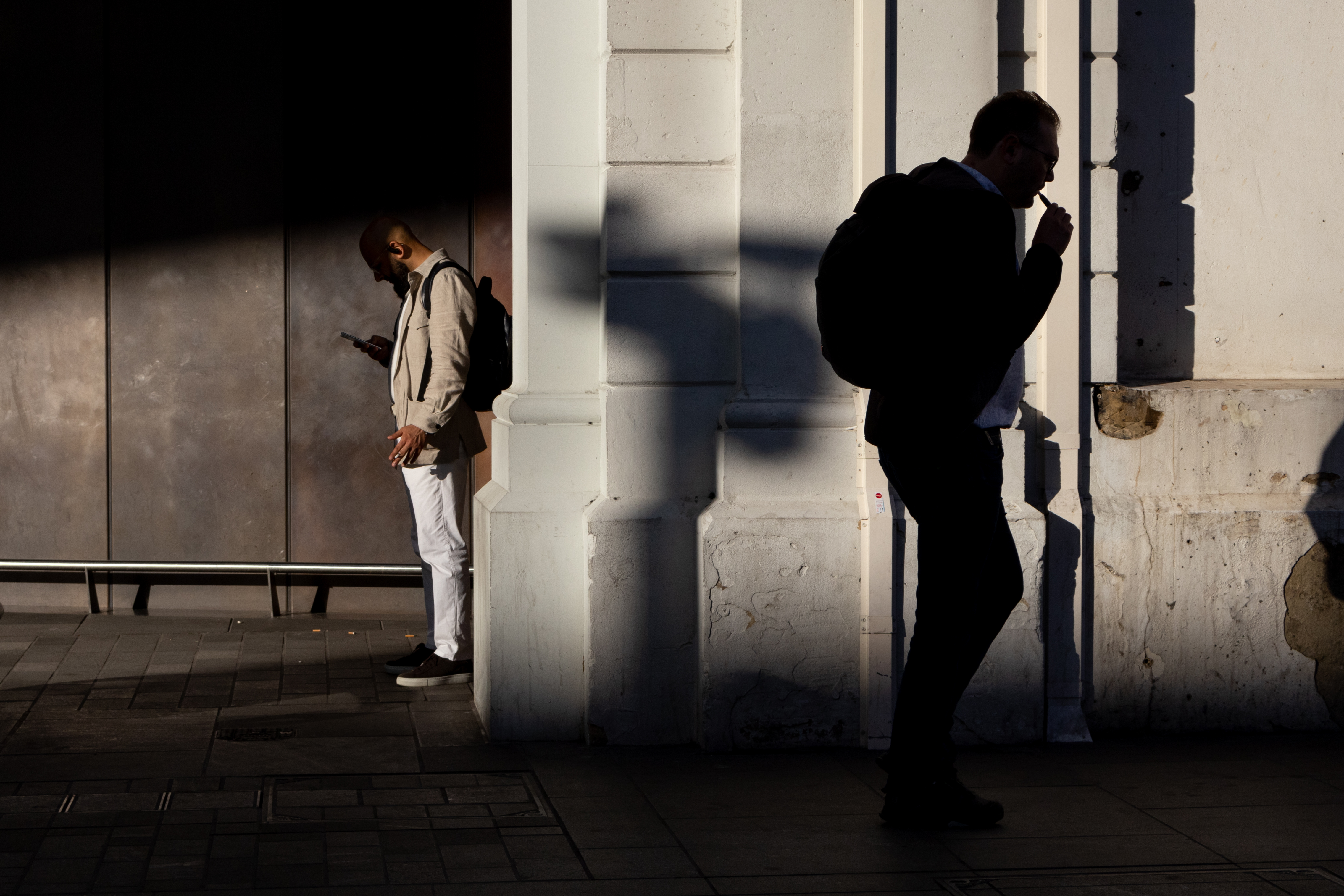
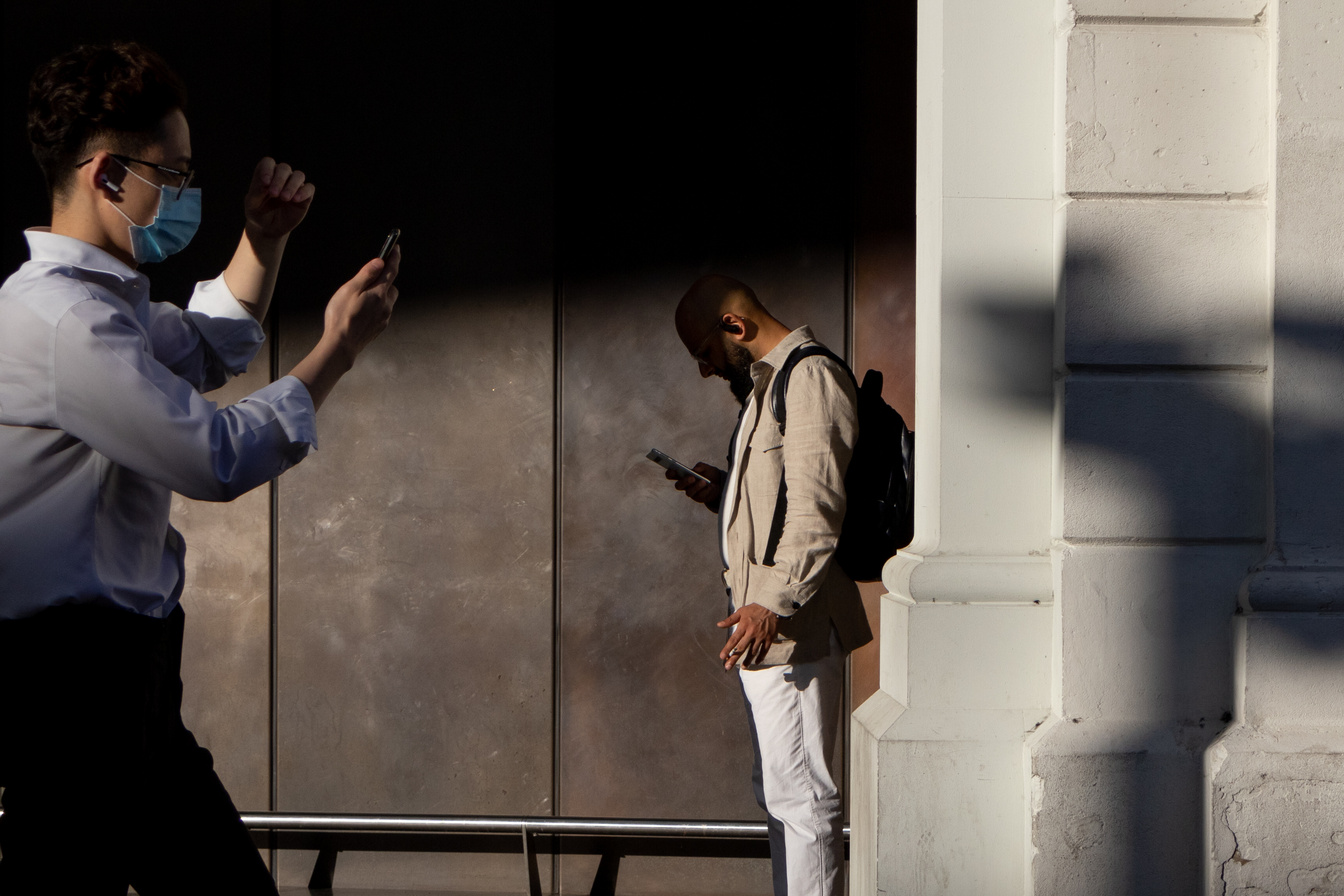
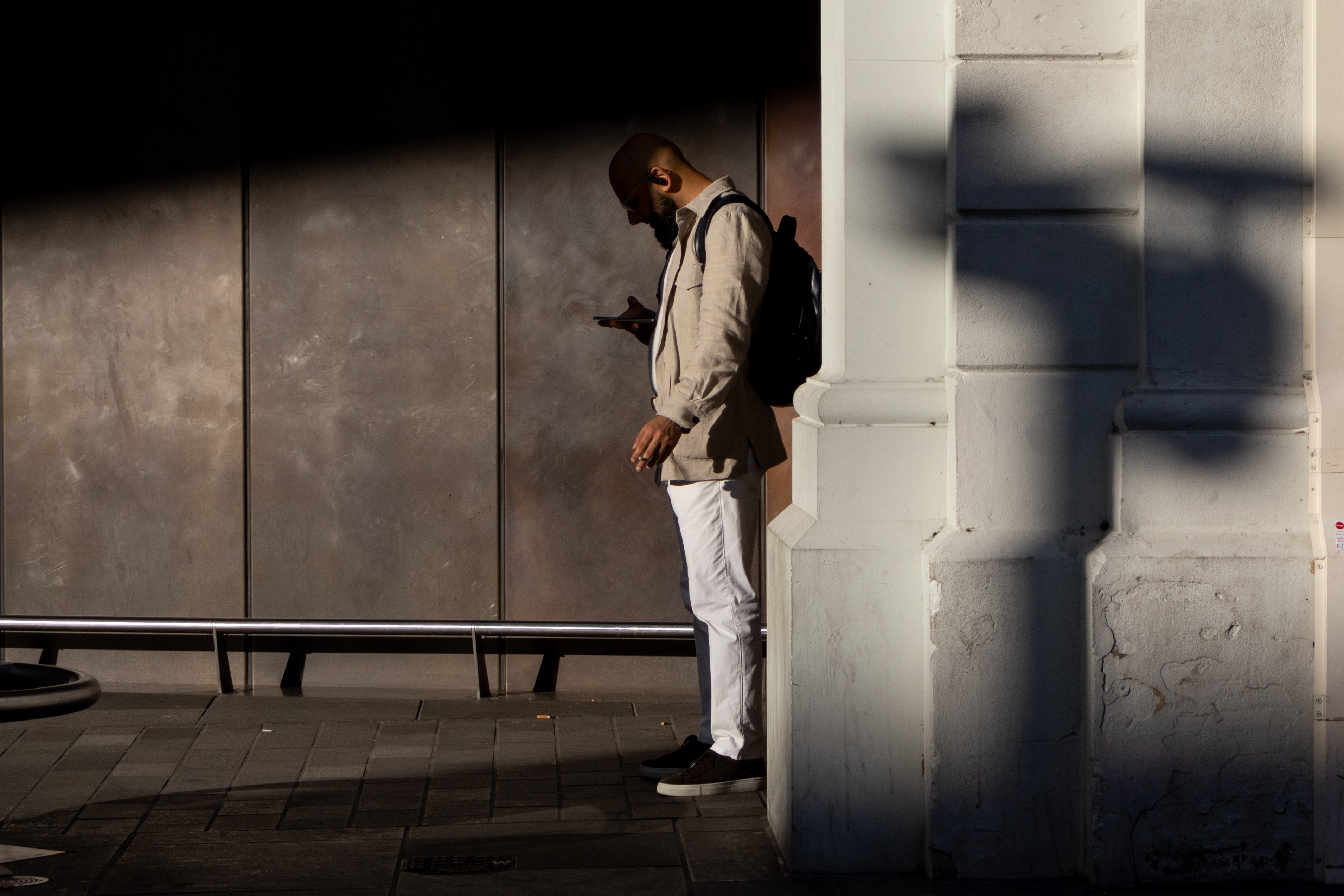
The Canon EOS R10 isn't a pro sports camera, then. But it is fast enough to capture fleeting moments of speeding pets, laughing humans or crucial sporting moments, if you get your timing right. And that's not always been possible on beginner cameras.
Another important feature for an entry-level camera is that it's small and light. The easier a camera is to take with you, the more times you'll use it. And while the Canon EOS R10's 'mini DSLR' design means it isn't the smallest mirrorless camera on the block, it does only weigh 426g (about the same as two iPhones).
I also found it to be inconspicuous enough for street photography, which is a good way to learn your craft.
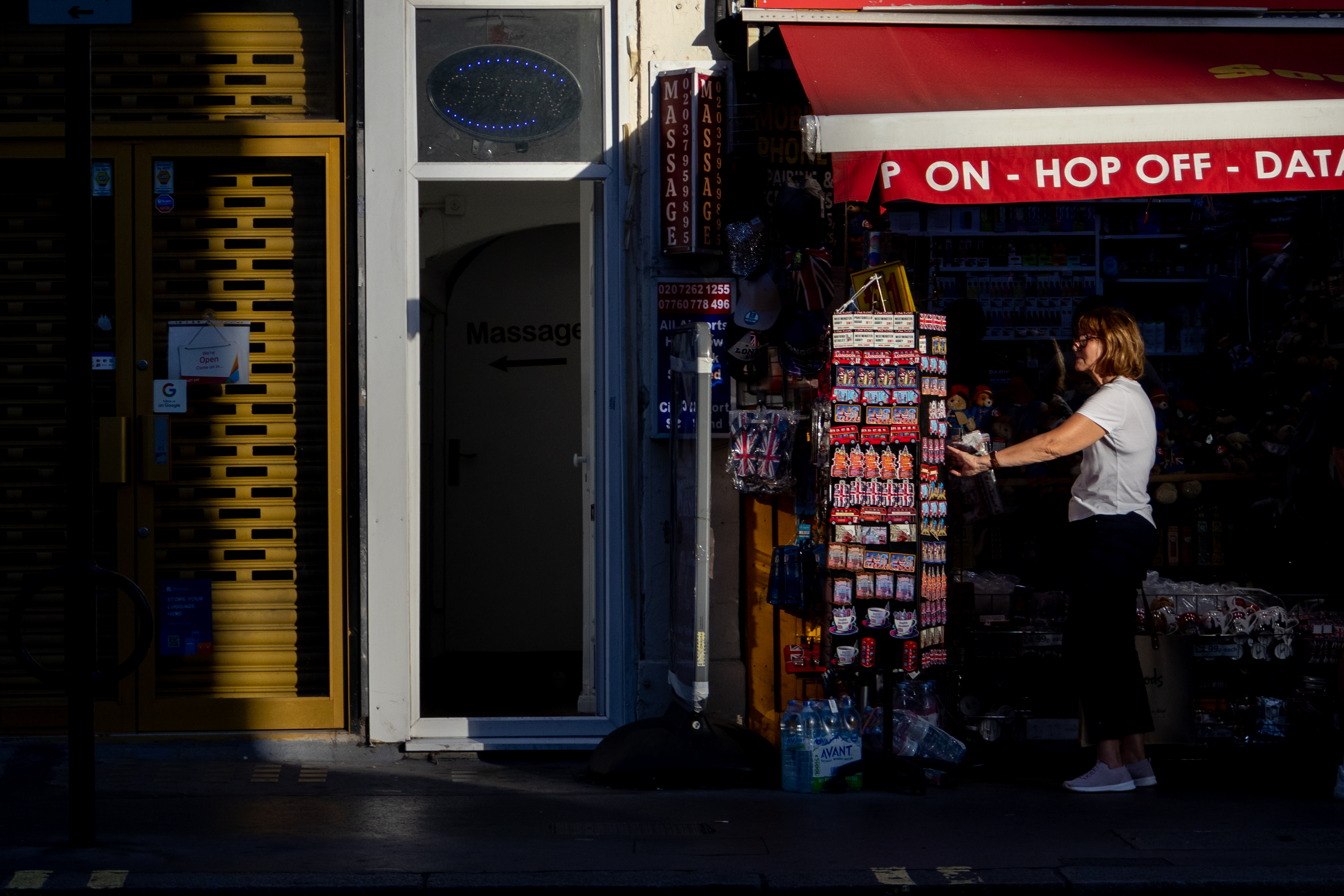
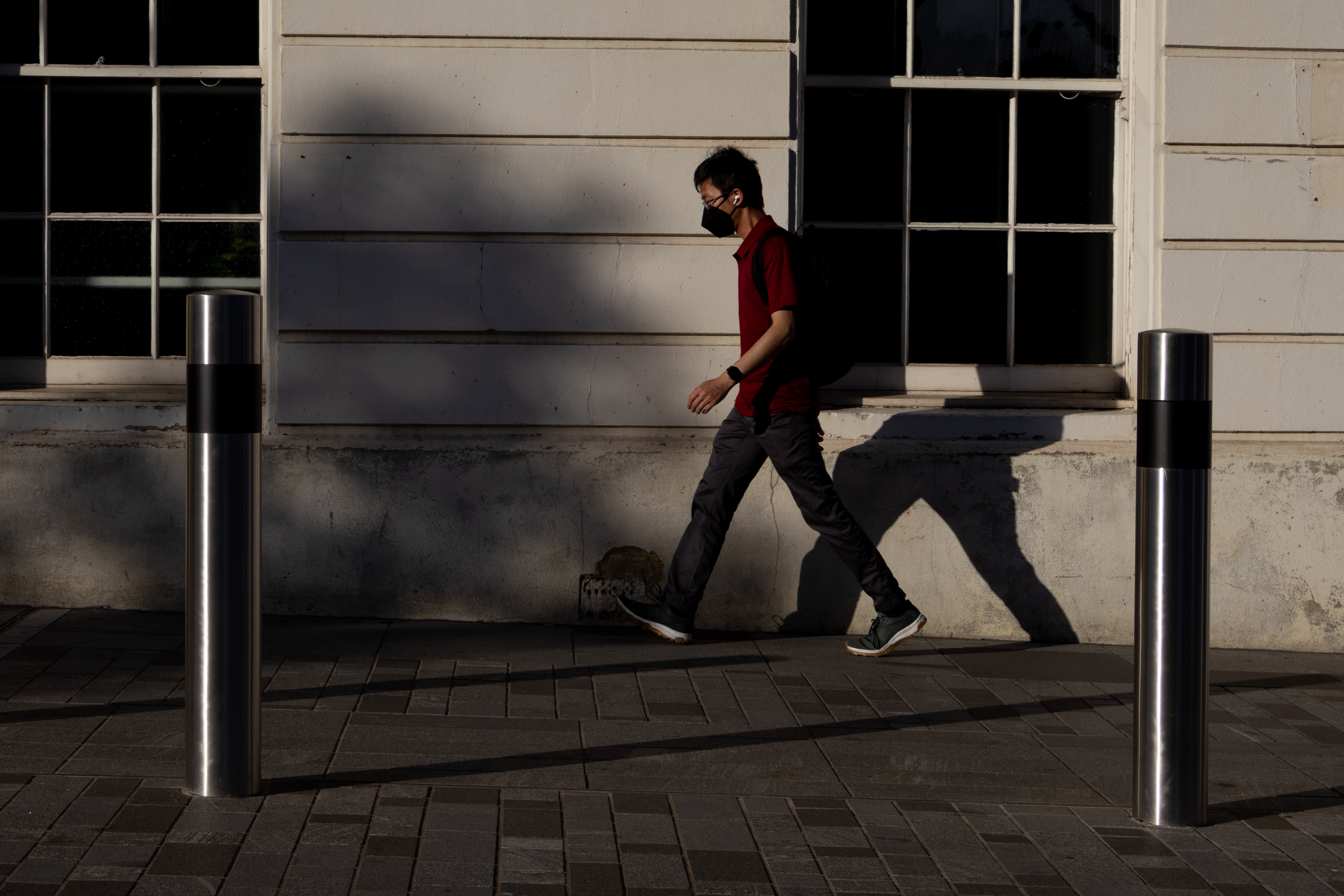
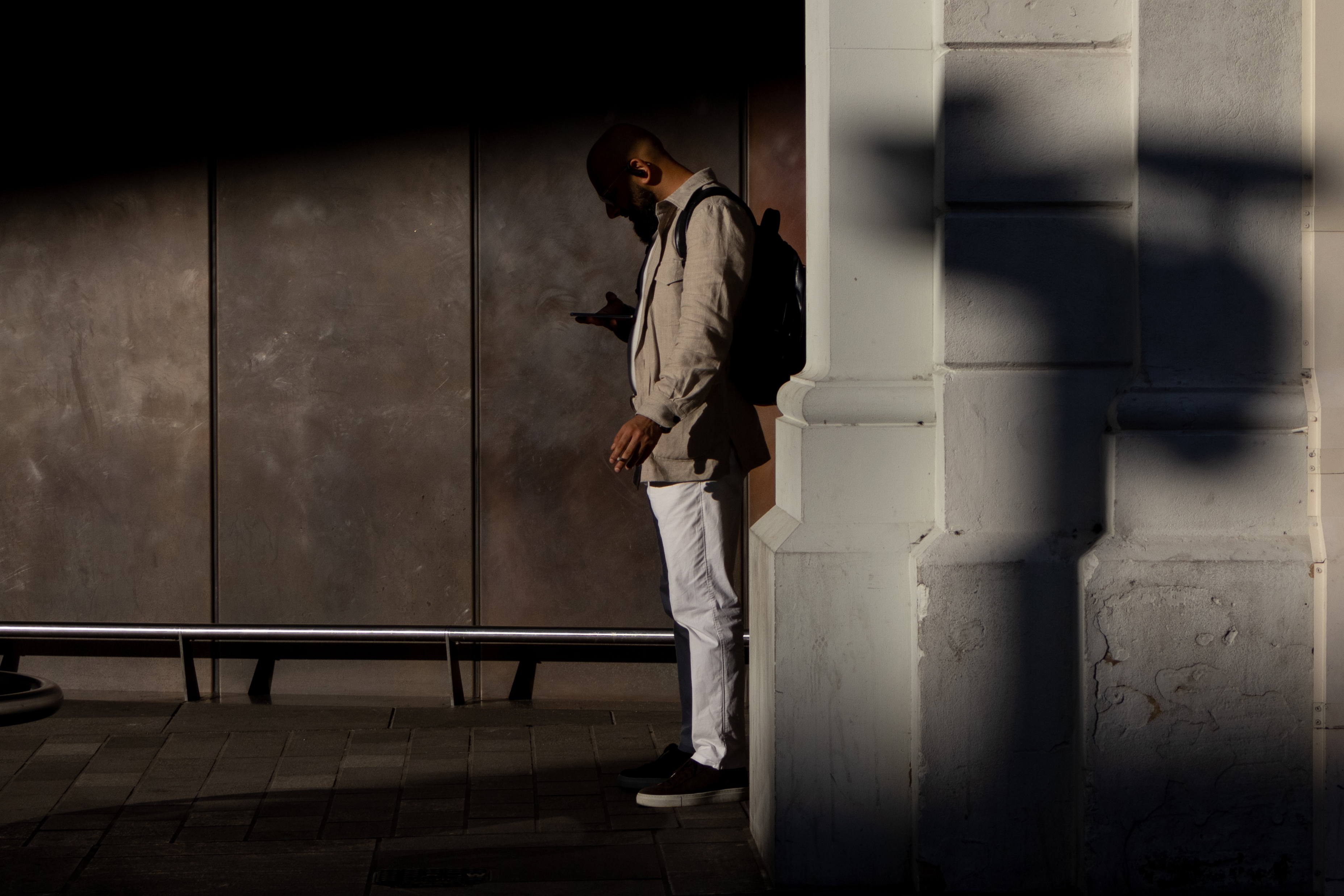
Because the EOS R10 has dual controls dials – one of the top plate behind the shutter button and another on the back – it's pretty easy to shoot manually or tweak the exposure compensation to achieve a more dramatic look.
Getting these controls, along with a dedicated AF joystick, on a beginner camera is again quite unusual, but they give you more control over your snaps and help you get shots that would be much harder to achieve on a phone.
Sensor perspective
Another bonus for beginners are the EOS R10's scene modes, including a focus-stacking feature that's handy for macros.
This shoots a series of photos (you can decide how many) with small focus shifts in between them. These are then combined in-camera into a single JPEG. A panning mode, which I didn't get to try, also picks a shutter speed based on how quickly you're moving the camera to achieve blurry backgrounds that give an impression of speed.
Canon's cameras sadly don't offer quite as many in-camera computational modes as you'll find on Olympus (now OM System) cameras. But right now, there's something of a hole in between older models like the Olympus OM-D E-M10 Mark IV and the pro-level OM System OM-1. For now, the EOS R10 and its helpful in-camera stacking can help you tap into your experimental side.
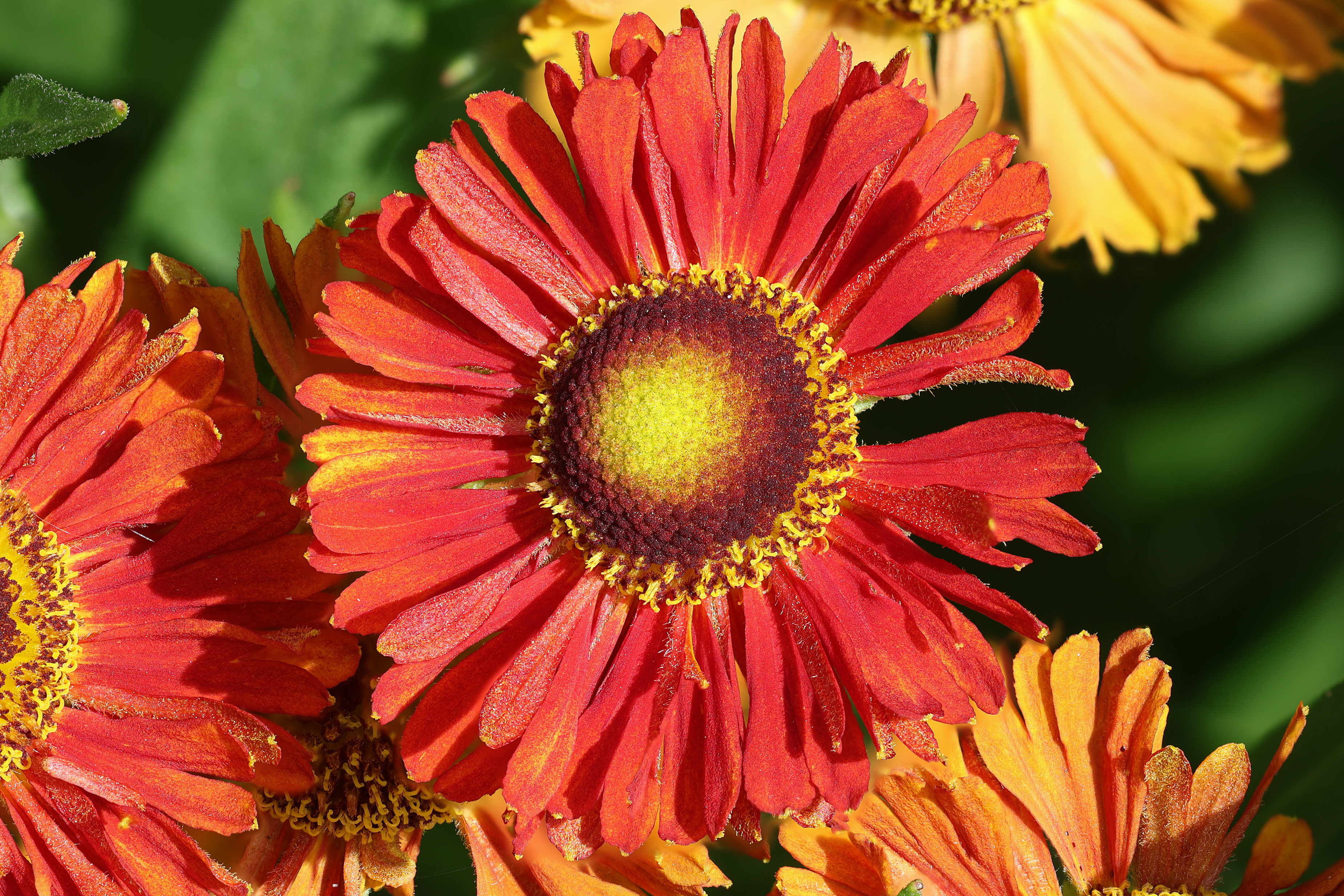

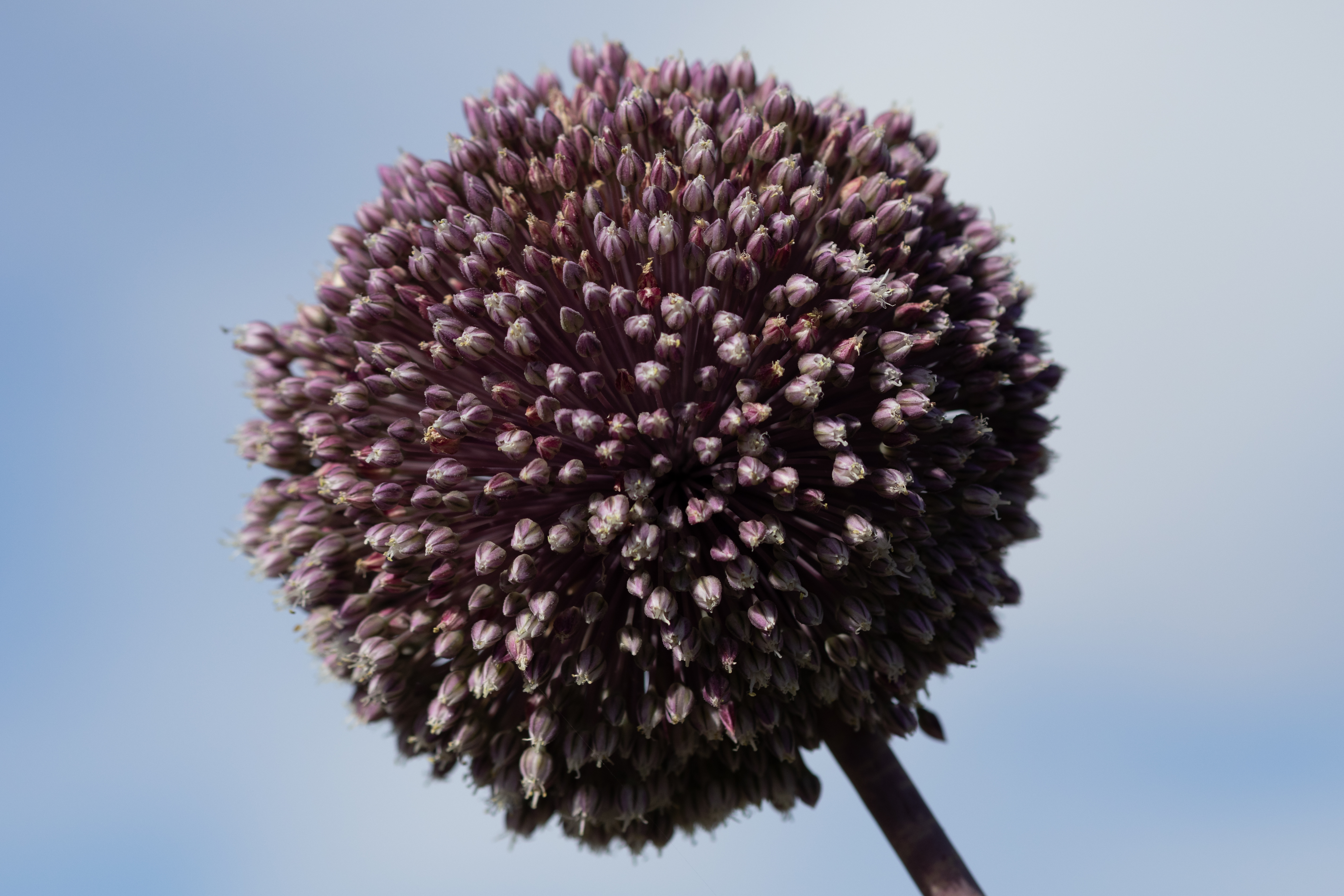
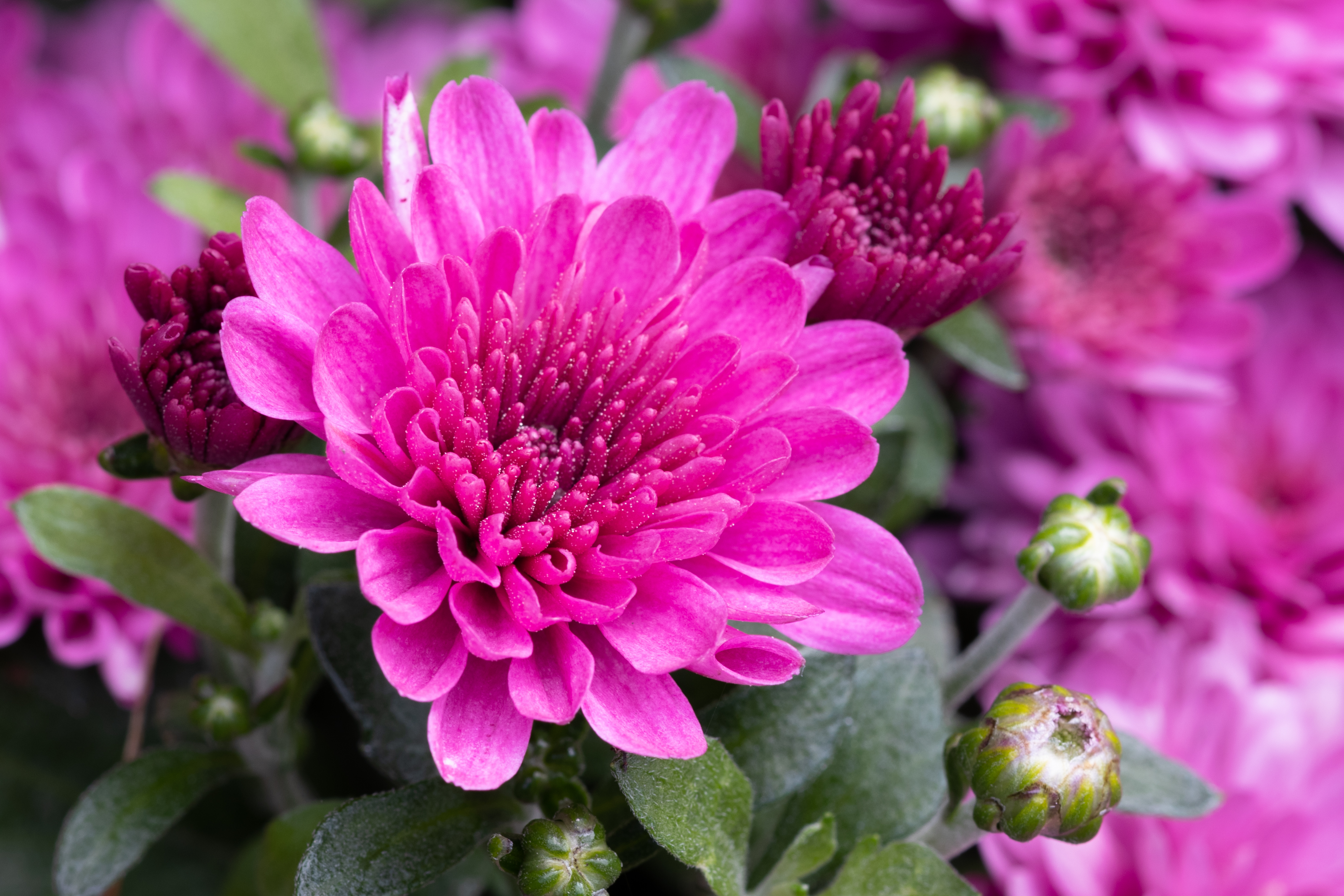
How good is the EOS R10's image quality? Like much of the camera, good enough. Canon says the R10 has a new 24MP CMOS sensor, although it's possible this is a modified version of one we've seen in previous cameras. Either way, it isn't a cutting-edge chip, neither having a 'stacked' design nor being BSI (backside-illuminated).
Thanks to advances in processors and image processing, the latter isn't a huge miss. And the reality is that the EOS R10 gives you a pretty generous amount of detail to claw back from shadows in the likes of Lightroom, if you need to. Here's the result of lifting the shadows from an under-exposed doorway.
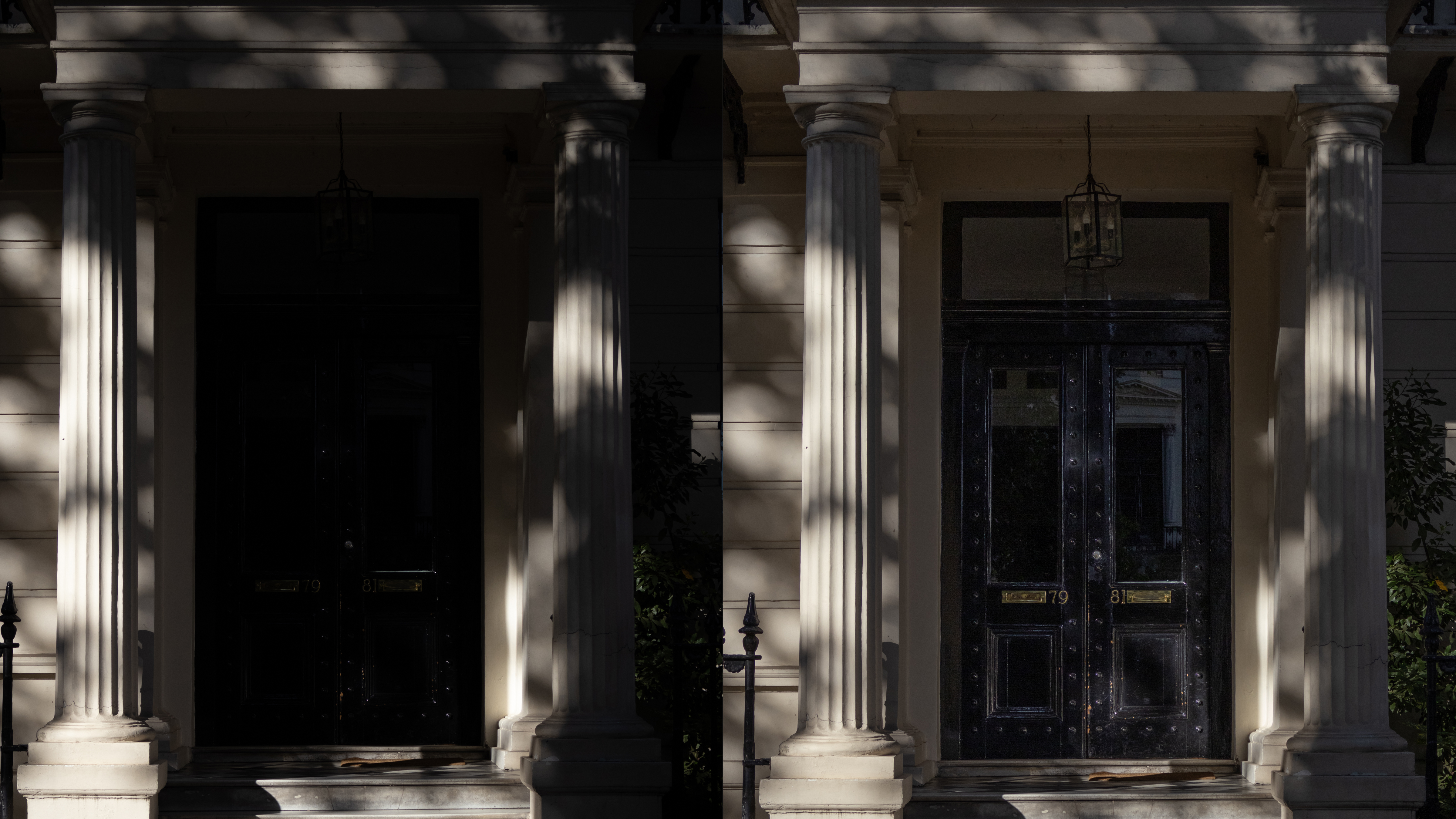
It's possible to do some basic in-camera raw editing on the EOS R10 and tweak things like white balance and noise reduction, but this is still easier to do in the likes of Lightroom or Snapseed.
Because raw files are sensor's whole output – effectively making them a digital 'negative' – you get more dynamic range to work with than with JPEGs. This can be used to either fix exposure mistakes or sculpt the light to lead a viewer's eye to your photo's main subject.
Are there any downsides to the EOS R10 for beginners? In my experience, none that are unexpected for the price. The electronic viewfinder is fairly small with an effective 0.59x magnification, there's no in-body image stabilization (IBIS) and the 4K/60p video mode has a pretty sizable 1.56x crop (see below). But none of these are dealbreakers.
My main only real criticism isn't related to the camera itself but its lenses. Right now, Canon has only made two native lenses for the EOS R10 and EOS R7: the RF-S 18-45mm f/4.5-6.3 IS STM and RF-S 18-150mm f/3.5-6.3 IS STM zoom. That's pretty paltry compared to the likes of Sony and Fujifilm.
Still, there are a couple of reasons why this isn't as bad as it seems. Firstly, a wide range of lenses isn't quite the necessity it is for more advanced cameras, which is why our Canon EOS R7 review gave that camera a harder time for the same issue. Also, there are actually some pretty handy (and relatively affordable) full-frame lenses around that should work nicely with the EOS R10.
Alongside the 18-45mm kit zoom, I tested the camera with the RF 85mm f/2 Macro ($550 / £670 / AU$1,049), which is a pretty versatile prime. Other full-frame RF lenses that should work nicely with the EOS R10 are the RF50mm f/1.8 ($180 / £220 / AU$340), RF 16mm f/2.8 ($299 / £320 / AU$479) and, for wildlife snappers, the RF600mm f/11 ($699 / £860 / AU$1,399).
That said, it'd still be good to see Canon launch a few more native APS-C lenses for its new small-sensor cameras.
Starter for ten
The Canon EOS R10 doesn't blow its beginner camera rivals away. But I think the power and usability of its autofocus, plus its useful burst shooting speeds, do give it the edge over its Sony and Fujifilm rivals – for now.
It's a lot of fun to use and is finally the mirrorless equivalent of Canon's Rebel (or triple-digit EOS) DSLRs that many have been waiting years for it to make.
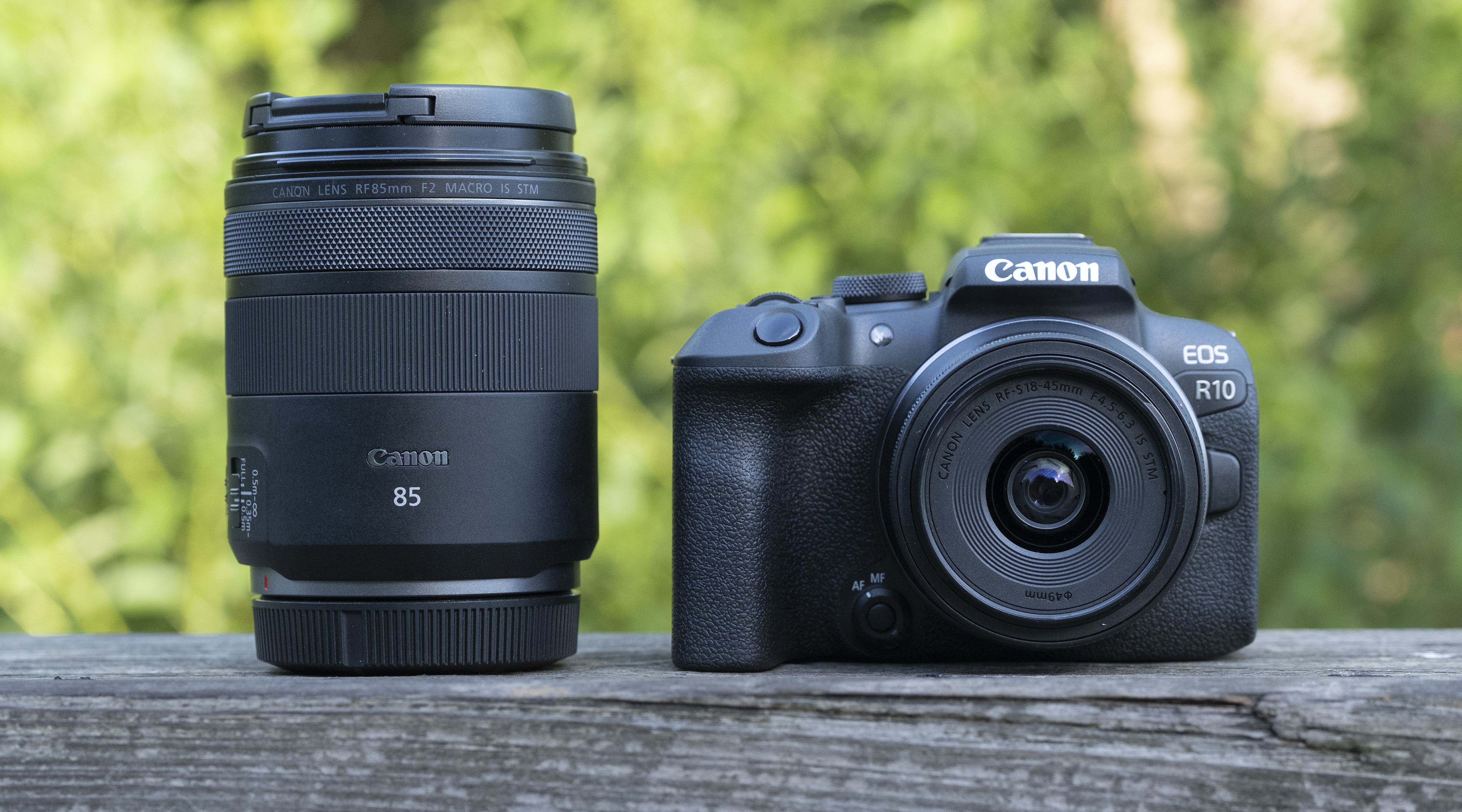
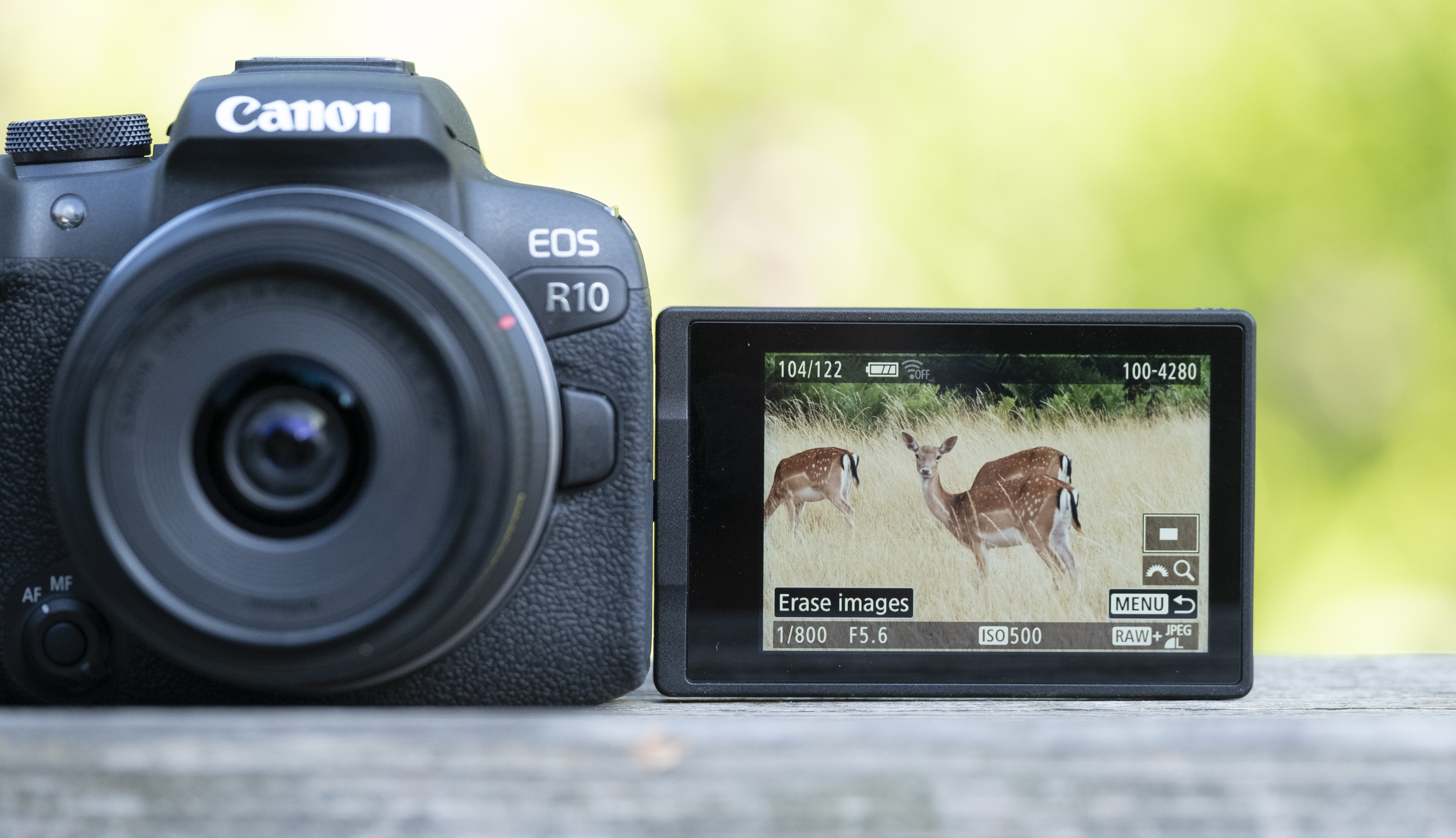

If you like a more retro-styled camera and need a big range of native lenses out of the gate, then the Fujifilm X-T30 II might be the better choice. Similarly, the older Sony A6400 has more lenses than the EOS R10 and is a more compact camera.
But despite its old-school sensor, the EOS R10's powerful processor, autofocus experience and solid control setup gives beginners a great camera to start with and a pretty impressive one to grow into. Particularly if Canon does indeed back the R10's promise with some more of those native lenses.
from TechRadar - All the latest technology news https://ift.tt/Lsqn2ov
Aucun commentaire: